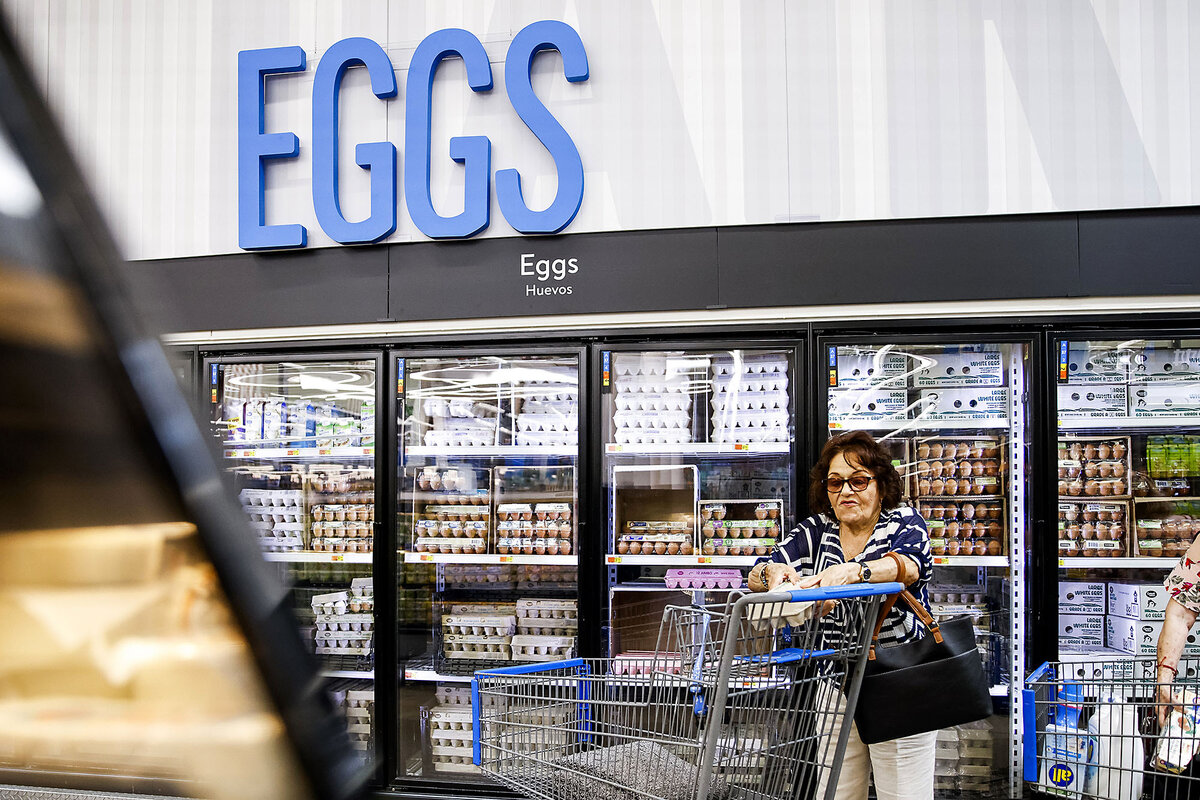Egg Prices Keep Climbing—and Could Surge Even Higher if New Tariffs Hit
Egg Prices Keep Climbing—and Could Surge Even Higher if New Tariffs Hit
By
Junia Wells
Last updated:
August 13, 2025
First Published:
August 13, 2025

Sky-High Egg Prices Leave Shoppers Rattled
Across grocery aisles nationwide, the price of a dozen eggs has stunned shoppers—now routinely topping $5, with some stores charging over $9. This represents more than a 300% spike from just a few years earlier, turning what was once a kitchen staple into a steep budget line for many households.
Crushing Supply Shortages Due to Avian Flu
The soaring prices trace back to a relentless breakout of highly pathogenic avian influenza beginning in early 2022. Since then, more than 166 million birds, including over 127 million laying hens, have been culled. At its peak, a typical month like January saw nearly 19 million egg-laying birds affected—dramatically crippling supply.
Modest Relief, but Prices Still Elevated
Retail prices eased slightly in April, dropping from a record $6.23 per dozen in March to around $5.12. This marked the first monthly dip since late 2024, offering a brief reprieve. Still, even with wholesale prices falling by nearly 50% in certain markets—such as New York—the overall retail cost has remained stubbornly high as stores slowly adjust to lower input costs.
USDA Forecast: Significant Increase Ahead
Despite recent easing, projections remain grim. The USDA anticipates egg prices could climb another 41% to 54% over 2025. Even moderate scenarios expect a 25%+ annual rise, driven by the long lag time in restocking flocks and ongoing disease management. These forecasts reinforce that high prices may persist well into next year.
U.S. Leans on Imports—and Tariffs Could Counteract Help
To offset domestic shortages, U.S. egg imports surged, led by a 305% increase in eggs from Brazil in July alone—totaling over 5,200 metric tons in that month, and nearly 19,000 tons through mid-2025. Brazilian exporters netted close to $41 million from this spike. But with a newly imposed 50% tariff on imported Brazilian goods, including eggs, those savings may soon vanish—potentially lifting prices further.
Government Steps In with $1 Billion Aid Plan
In response, the USDA unveiled a sweeping $1 billion plan to stabilize the market. The strategy includes:
- $500 million to bolster farm biosecurity
- $400 million in direct farmer relief
- $100 million dedicated to vaccine research
- Temporarily easing regulations and enabling strategic imports
Officials aim for meaningful market improvements within six months, though full recovery hinges on vaccine deployment and longer-term supply rebuilding.
Consumers React: Shifting Habits and Sticker Shock
High prices are affecting buying behavior dramatically. Surveys reveal that more than 30% of Americans have cut back on purchasing eggs entirely—waiting for prices to fall below $5 per dozen before returning. Many consumers now turn to alternatives like flaxseed or plant-based egg substitutes, signaling possible long-term shifts in grocery habits if prices don’t normalize.
Bottom Line
Egg prices have become a bellwether for broader economic strain—soaring due to avian flu, constrained recovery, and compounding challenges from tariffs. With forecasts calling for further increases and relief still gradual, households may continue to feel the pinch at breakfast tables through 2025 and beyond.
Popular articles
Subscribe to unlock premium content
Global Cultures and the Hidden Drivers of Productivity and Happiness

The Future of Personalized Medicine

Digital Nomads and the New Global Economy

Global Cultures and the Hidden Drivers of Productivity and Happiness

The Future of Personalized Medicine

Global Cultures and the Hidden Drivers of Productivity and Happiness









